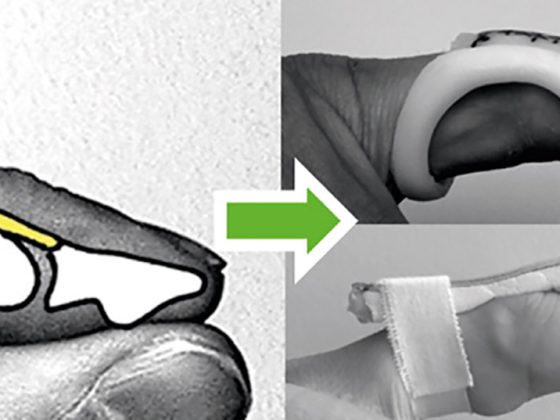A workshop at the KHM congress in Lucerne focused on preventive examinations in children. Prof. Dr. med. Oskar Jenni, Kinderspital Zurich, Dr. med. Heidi Zinggeler Fuhrer, medizinisches Zentrum gleis d, Chur, and Dr. med. Urs Hürlimann, Hühnenberg, led through the event with interesting case presentations.
A study of Zurich practice pediatricians found that 26% of all examinations in the practice are preventive care examinations (VSU). On average, these take over 20 minutes, whereas an acute illness takes an average of 14 minutes to consult. At VSU, the doctor’s activity is not limited to the examination itself, but most often patients or their parents also have questions about nutrition, behavior, development, sleeping, skin problems, frequent infections, etc. “Screenings involve much more than vaccinations and developmental checks – we provide health coaching!” emphasized Dr. Zinggeler.
More pediatric patients seeing general practitioners in the future
90% of all VSUs for children in the first year of life are performed by pediatricians; for six-year-olds, only 80% of all VSUs are performed – meaning that one in ten babies and one in five six-year-olds is examined by a general practitioner. Accordingly, in a KHM survey, general practitioners reported that an average of 13% of their patients are children, and 82% of all primary care physicians also do VSU. This number will likely increase as children will increasingly be seen by general practitioners due to the shortage of pediatricians. The Swiss Society of Pediatrics (SGP) is therefore planning to offer appropriate continuing education courses in the future. The checklists for VSU in children and adolescents were revised by the SGP in 2011 and can be obtained from the SGP secretariat.
A six-year-old who can’t stand on one leg
Dr. Zinggeler presented the case of a six-year-old boy who can neither stand on one leg nor hop. How do you proceed in such a situation? Is the boy simply a “Gstabi” and should he be sent to gymnastics training or psychomotor skills? Do they refer him to a pediatrician? Do you clarify further – and if so, in which direction? The speaker recommended asking more questions first:
- Did the boy used to be able to stand on one leg and now he can’t?
- Is he good at gymnastics or does he struggle there?
- What’s the family like – exercise-loving or more armchair?
- Is there any pressure to suffer (child or family)?
At age three, 50% of all children can stand on one leg; by age five, all should be able to. However, about 5% of all children have motor skills that are below the norm, so it is important to test them. Basically, a neurological and muscular examination and also an examination of the ears (sense of balance) are recommended in the presented boy. There may be a circumscribed developmental disorder of motor functions (EMF) (F 82): For this diagnosis, the activities of daily living must be impaired by the motor disorders and other diagnoses such as mental developmental delay, neurological disorders, or behavioral disorders must be excluded.
Bilateral buckling flat feet in a six-year-old boy
“You diagnose a six-year-old with bent arches on both sides. The child himself is not bothered by it, but the mother wants you to prescribe orthotics and refer the boy to a pediatric orthopedist. What do you do?” Regarding this case, Prof. Jenni explained that buckling flat feet are still physiological between the ages of two and five. However, six-year-olds should no longer have buckling feet. Insoles are not useful because they further weaken the weak foot muscles. Much more brings a regular, playful foot training to strengthen the foot muscles. In children this young, bent feet rarely cause pain, but pain can occur in older children.
A five year old without palpable testicles
In a five-year-old boy, the testicles cannot be palpated, not even in the groin – how to proceed? In such a situation, one must ask why the absence of testicles was not discovered earlier. Is it perhaps pendulous testis (testis is pulled up into the inguinal canal by cremasteric reflex; does not require surgery) or sliding testis (testis can be displaced into the scrotum by pressure, but immediately slides back up into the groin after release; requires surgery)? Or has the child suffered testicular torsion since the last checkup?
Nowadays, the rule is that the testicles should be in the scrotum until the age of one, so in the case of undescended testicles, surgery is performed before the first birthday. Dr. Zinggeler advocated that the genitals should always be checked up to the age of six, and that older children or young adults should have their genitals checked. Asking young people if it was okay to control it. This is usually not a problem, he said, and many young people are happy to be reassured that everything is “normal.”
Source: KHM Congress, 25-26 June 2015, Lucerne
HAUSARZT PRAXIS 2015; 10(8): 44-45











